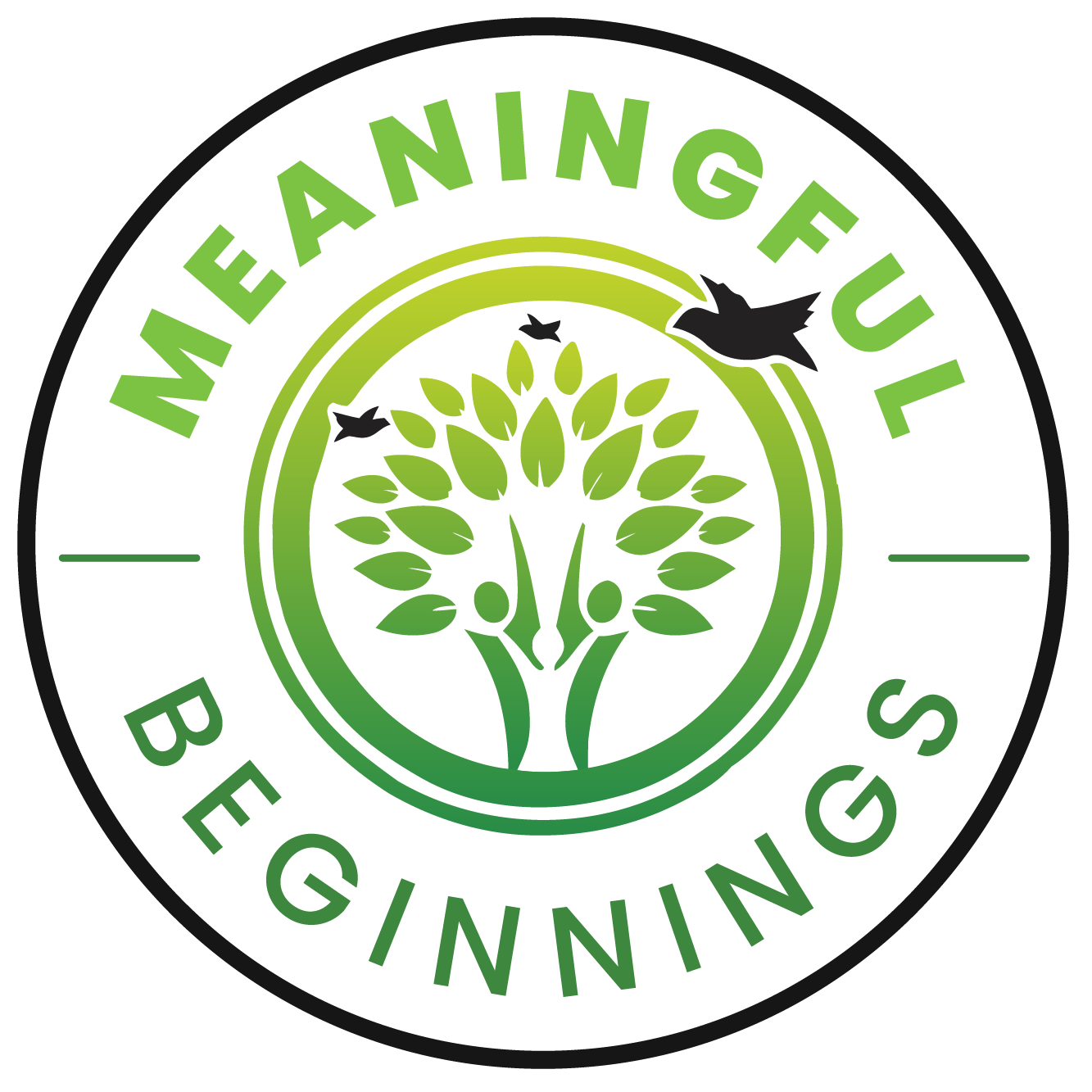If you’re curious to know how to make a home safe for toddlers, don’t worry. It’s often easier than you think!
Toddlers are accident-prone and curious little things. They crave getting into the cabinets to check out the cleaning supplies, they think the toilet bowl is the perfect place to dunk their heads and bob for toys, and they want to open up every door and walk right through it – even if that door leads down a flight of stairs or to a busy street.
Luckily, there are methods and tools you can use to prevent your child from getting themselves into a dangerous situation at home. It’s recommended to use these suggestions to make your home safer but remember one very important thing: accidents are going to happen, and no parent is perfect.
Take precautions and make a good effort to child-proof your home. Don’t forget to forgive yourself when “oopsies” happen.
Childproof Your Home
We are going to go over how to childproof your home room by room. It’s best to implement these safety practices as soon as your child learns how to crawl! Once they’re able to get around the house themselves, their curiosity will lead to a hazard.
Living Room
- Candles. Make sure candles are completely out of reach. If your toddler can climb on furniture, you might want to avoid having candles altogether. Opt for a room spray or place diffuser sticks on the highest shelf
- TV. Mount the TV on the wall so there is no chance of it falling.
- Fireplace. Cover the fireplace with something that your baby cannot open – not a wrought-iron grate or metal curtain. Heat-resistant grates are recommended.
- Power supply. Use command strips to attach power strips to the back of your TV stand or on the wall out of reach. Place outlet covers over wall outlets.
- Small toys. If you have toddlers and older kids, you probably have toys for all ages around the house. Make sure tiny pieces are kept off the floor and out of your baby’s mouth.
- Corners. Coffee table corners can make for some big bumps on the head! Consider investing in some soft corner protectors that are designed to keep babies safe.
Kitchen
- Entryway. Put a baby gate at every entryway to your kitchen. There are too many hazards and potential accidents that can happen in the kitchen for your baby to ever be in there unattended.
- Lower cabinets. Use cabinet locks on all lower cabinets. Remove toxic chemicals just in case! Many people like to keep cleaning products under the sink. We recommend moving them until your baby is older.
- Stove knobs. Remove your stove knobs or install baby-proof knob covers. This is especially important if you have a gas stove! Your toddler could turn the knob and release gas into the house.
- Oven door. Don’t hang hand towels from your oven door. Your toddler could pull on it and hurt their head or burn themselves.
- Countertops. Be conscious of where you place things on the countertop. Your toddler might get curious and reach for a cup full of hot liquid or a sharp knife. Keep everything at least 6-inches from the edge.
Bathroom
- Bathtub. Place a rubber stopper over the tub faucet to prevent bumps and bruises. You might also want to adjust the temperature on your water heater, so it is unable to reach a dangerous temperature.
- Trashcan. Plastic liners help keep trashcans clean, but they can cause suffocation. Skip the liner and clean the bin regularly.
- Door. Install a device that stops the door from closing completely. You will be able to easily remove it when you need privacy, but this will make sure your toddler can’t lock themselves in the bathroom alone.
- Toilet. Make sure the seat is always closed. When your toddler gets to the age when they can lift the seat themselves, consider installing a toilet seat lock.
- Styling tools. Keep all hair styling tools unplugged and stored away. Your toddler can accidentally turn heat tools on and injure themselves or start a house fire.
- Medication. Move all medications from underneath the sick and other low cabinets and drawers. Secure them in a cabinet that is out of reach.
Around the House
- Doorknobs. It’s recommended to put child-proof doorknob covers on every door, especially ones that lead outside, to the bathroom, or a flight of stairs.
- Snacks. Do your best to keep food and snacks out of reach of your toddler. Don’t leave plates unattended on tables or counters and lock lower cabinets with snacks. You don’t want your little one to get into anything they can choke on or are allergic to.
- Floor. Quickly clean up spills so your wobbly toddler doesn’t slip and fall. Try to keep the floors free of debris and animal hair – toddlers love to put anything in their mouths, and you don’t want them to wind up with a hairball!
- Firearms. If you have firearms in the house, keep them locked away at all times and make sure the safety is always on. Little ones don’t know the difference between real and toy guns. Accidental gun fires happen too often and that’s not a risk you can take.
- Window treatments. Keep blind cords and curtains out of your child’s reach. The cords are a strangulation hazard, and they could yank on the long curtain and cause the heavy curtain rod to fall.
Meaningful Beginnings
The safety of your child is always the top priority at Meaningful Beginnings. Not only will our staff monitor your child when playing, eating, and napping, but our facility was designed to be a safe and hazard-free environment for your baby or toddler. Get in touch today to schedule a tour!








